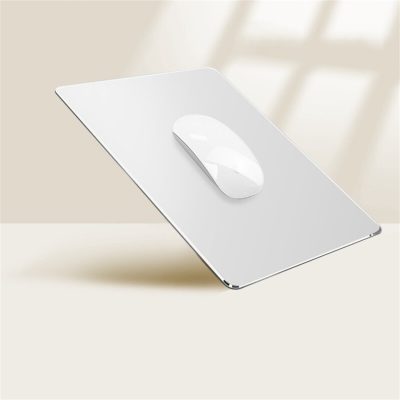For many computer users, wrist pain and discomfort are common complaints, often attributed to extended periods of mouse usage. To address this issue, vertical mice have gained popularity as ergonomic alternatives to traditional horizontal mice.
What Are Vertical Mice? Vertical mice are designed with an upright, handshake-like grip, allowing the wrist and forearm to maintain a more natural, neutral position. This design aims to reduce strain and discomfort associated with extended mouse use.
Benefits of Vertical Mice:
- Reduced Wrist Strain: Vertical mice promote a more ergonomic hand and wrist position, potentially reducing the risk of conditions like carpal tunnel syndrome and repetitive strain injuries (RSIs).
- Comfort for Extended Use: Users who spend long hours at the computer, such as office professionals and gamers, may find vertical mice more comfortable for prolonged sessions.
- Improved Precision: Vertical mice often feature high-precision sensors, making them suitable for tasks that require accuracy, such as graphic design and photo editing.
Adjusting to Vertical Mice: Switching from a traditional mouse to a vertical mouse may require an adjustment period. Users may experience a learning curve as they adapt to the new hand position and movement. However, many users report improved comfort and reduced wrist pain after making the switch.
Choosing the Right Vertical Mouse: When selecting a vertical mouse, consider factors such as sensor quality, button placement, and ergonomic design. Different models offer various features to suit different needs, so it’s essential to choose one that aligns with your usage patterns.
In conclusion, vertical mice offer an ergonomic solution for individuals experiencing wrist pain or discomfort during computer use. While there may be an adjustment period, many users find that the improved hand and wrist position leads to greater comfort and reduced strain during extended periods of mouse usage.






